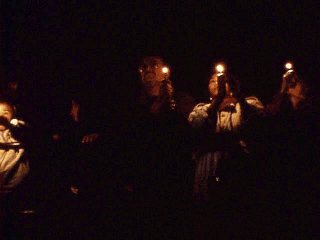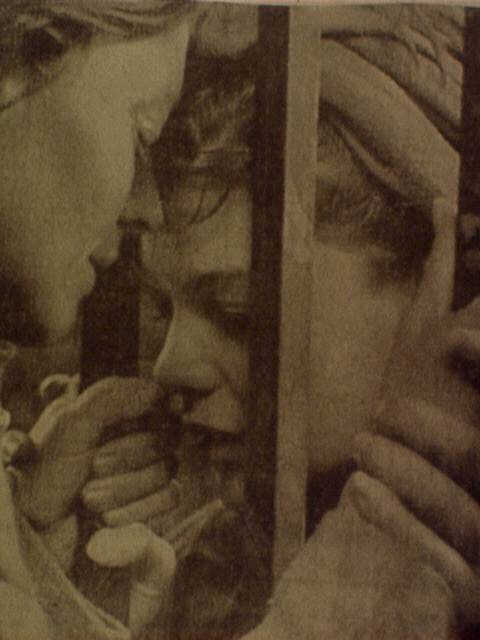

Continuing with my journal from July '89: The Opposition has its haven in the Evangelical Church. East Germany roughly overlaps the area where Martin Luther had his greatest influence. East Germans are mostly Protestant. The Opposition movement is considered by experts to be significant. In the opinion of the experts at our seminar, the long range prospect for East Germany does not look good. End of Journal, July 1989.
In mid- and late June of last year, hardly anyone expected that the Wall would come down. It took even the West German government by surprise when it did happen on the November 9th and the surprises haven't stopped;indeed, they are accelerating all the while.
The Wall came down for a host of reasons. There was opposition in East Berlin and in Dresden and Leipzig, big cities to the south of Berlin. And there were crowds in the streets. But many East German intellectuals, writers and other potential opposition leaders, had been kicked out into West Germany. Communication between groups was not extensive and opposition leaders were in constant trouble with the authorities.
Telephones were all tapped; East Germany was a police state of goons, squealers and snoops. Every class at every university had its informers, every workplace. Every ream of paper was controlled by the state. True political organization was impossible. There was only the SED, the one all-powerful party.
Monday night demonstrations after church services became the focal point for the Opposition's activism. They walked with candles, and put them down in front of the Stasi headquarters. It was a nation bearing witness to 40 years of misrule.
Much credit goes to that very rational man, Mikhail Gorbatchev, for looking the other way at critical moments. Certainly the Polesand the Hungarians get a major share of the credit for bringing down the Wall. --It was they who set the stage in decades of disciplined struggle and suffering under conditions that make East Germany look like a resort.
 |  |
Mother and daughter say good-bye | After the Fall: Chipping away at the Wall, December '89 |
The East Germans started fleeing to Budapest or Warsaw or Prague. East Germans streamed out by the thousands, while the old men were preparing the fortieth anniversary celebration of their hermetically sealed bell-jar nation with staged demonstrations by the Party faithful.

In the streets however, counter-demonstrations with many more thousands of East Germans were taking place. Old man Honecker wanted a Chinese-style solution with tanks and guns. Krenz, his right hand man, faithful cheerleader of the SED, balked. They waited until the celebration was over and dumped the old man. A few days later it was time.

Proceed to 8. East meets West or, switch to another Part:
1. Berlin at the End of WWII
2: The First Postwar Decade
3. The Raising of the Wall
4. West Berlin thrives
5. East Berlin, a tourist attraction
6. East Germany during the Wall
7. Bringing down the Wall from within
9. East German Problems
10. The Road to Unification